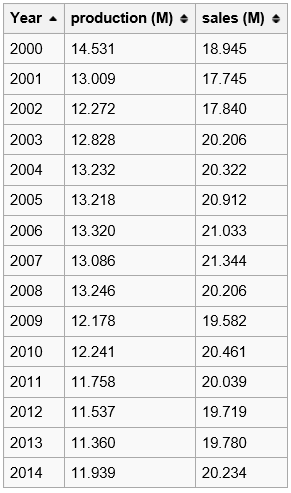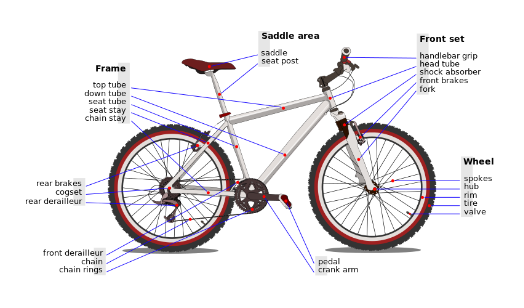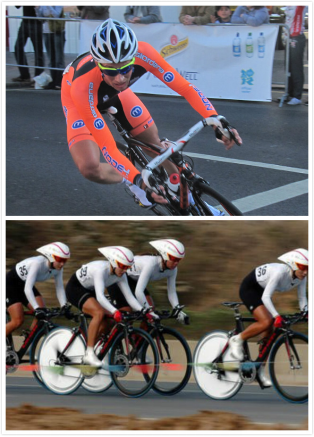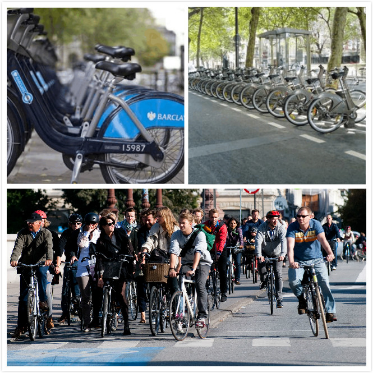Every industry needs to follow the law of market economy, among which there are similarities, of course. Intelligent trip mode is no exception. Down the ages, it is imperative that emerging industry summarize the experience gained by the fully mature sector and then apply to itself.
EU28 Bicycle market 2000-2014

However important the role of cars play, bicycle, with the longest history and the most abundant modality is still the principal mode of transport. Bicycles were introduced in the 19th century in Europe and as of 2003, more than 1 billion have been produced worldwide, twice as many as the number of automobiles that have been produced. The following picture expounds on a modern bike’s every single part among which the transmission gear tops the rank.

We will start from the bicycle to analyze the status quo and development of the two-wheeled vehicles. As early as 1790, Sivrac, a French person invented the most primitive bike, with two wheels and without transmission gears. Until 1886, Stahly, a Britain mechanical engineer made a new bicycle, inaugurating the mass production and development of bike era. The following shows different bike modality in different times.

Over a century’s evolution, the functions of bicycle have been enriched, from the commuting tool to fitness, matches and performance etc. 70% of the bicycle is used as a means of transport, 29% is used for leisure, 1% for sports events, bicycle experts say.

For instance, the public bike rental service is pervasive global wide to facilitate the short-distance travel. In Britain where bicycle rental industry is well-developed especially in London, individuals can send message to rent bike. In France, the “Velib”, a self-help bike renting service is available 24h/per day and provides multi-language service. In Copenhagen, capital of Denmark, there are free urban bike rental service that is sponsored by private businesses through which they print their logos and promote its products, a win-win strategy. The following photo is urban cyclists in Copenhagen at a traffic light.

In the bike sector, the transmission gears have reached its peak and it is very challenging to make a breakthrough in the riding principle. Technological innovation is specially needed for mature industry. Many large-medium cities have experienced rapid expansion. Hence, the bicycle, limited to short-distance travel is under great pressure because of the road right of motor vehicles. For another, in the fast-paced society, the bicycle, labor-intensive and slowish is losing its competitiveness gradually. The further development of bicycle will involve a market segmentation, in a direction of specialization and industrialization, Airwheel thinks.
The core R & D team of Airwheel is composed by some elites in the bike industry. In addition to the capital cooperation, Airwheel is building cooperation relations with the world-renowned bicycle manufacturers that explains the features of compact and environment friendly of Airwheel products. Furthermore, Airwheel, with the “Free intelligent life”, its corporate vision makes full use of its advantages in lithium battery and electromechanical process design, producing smart form of transport to meet the needs of era development.